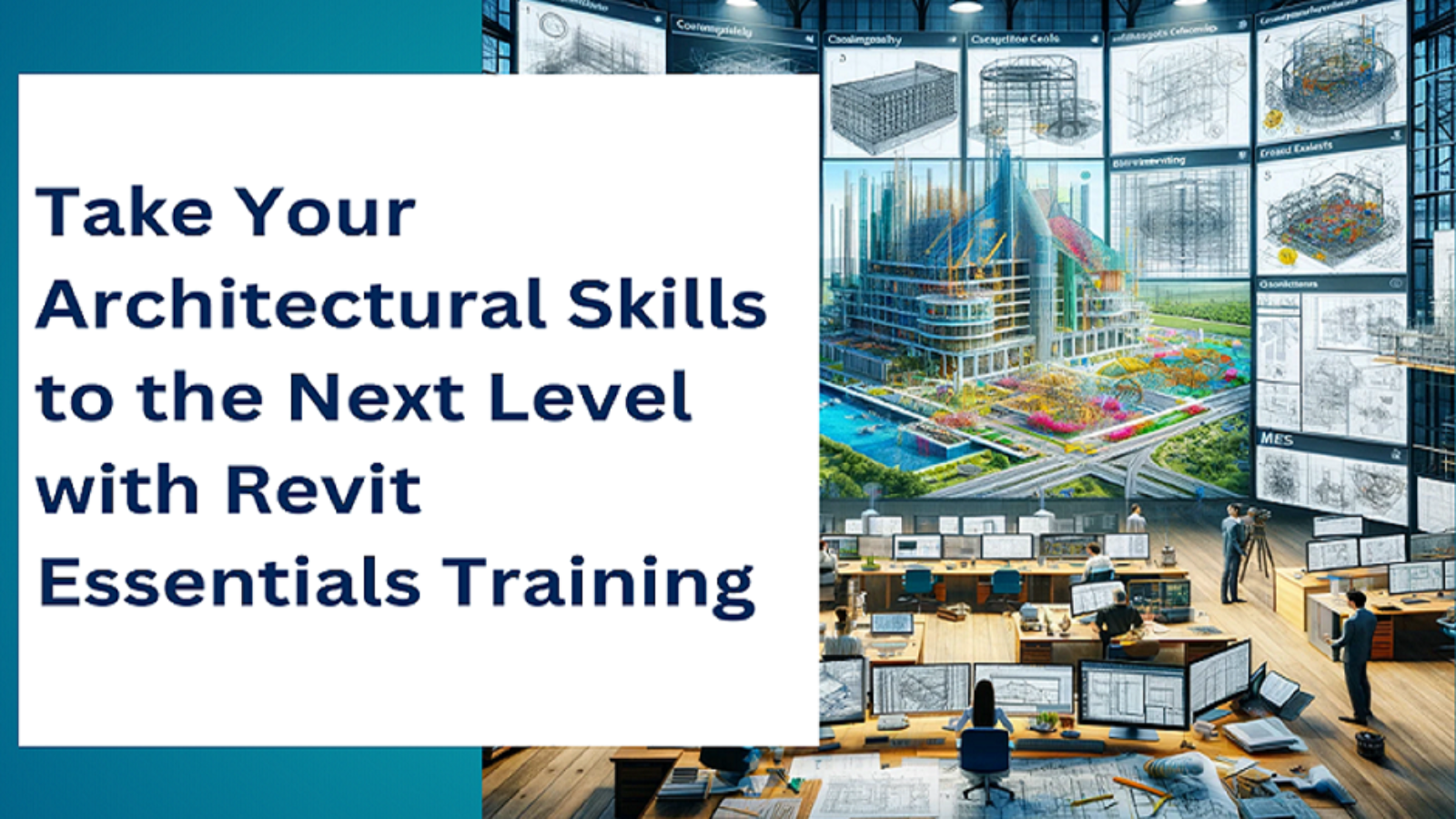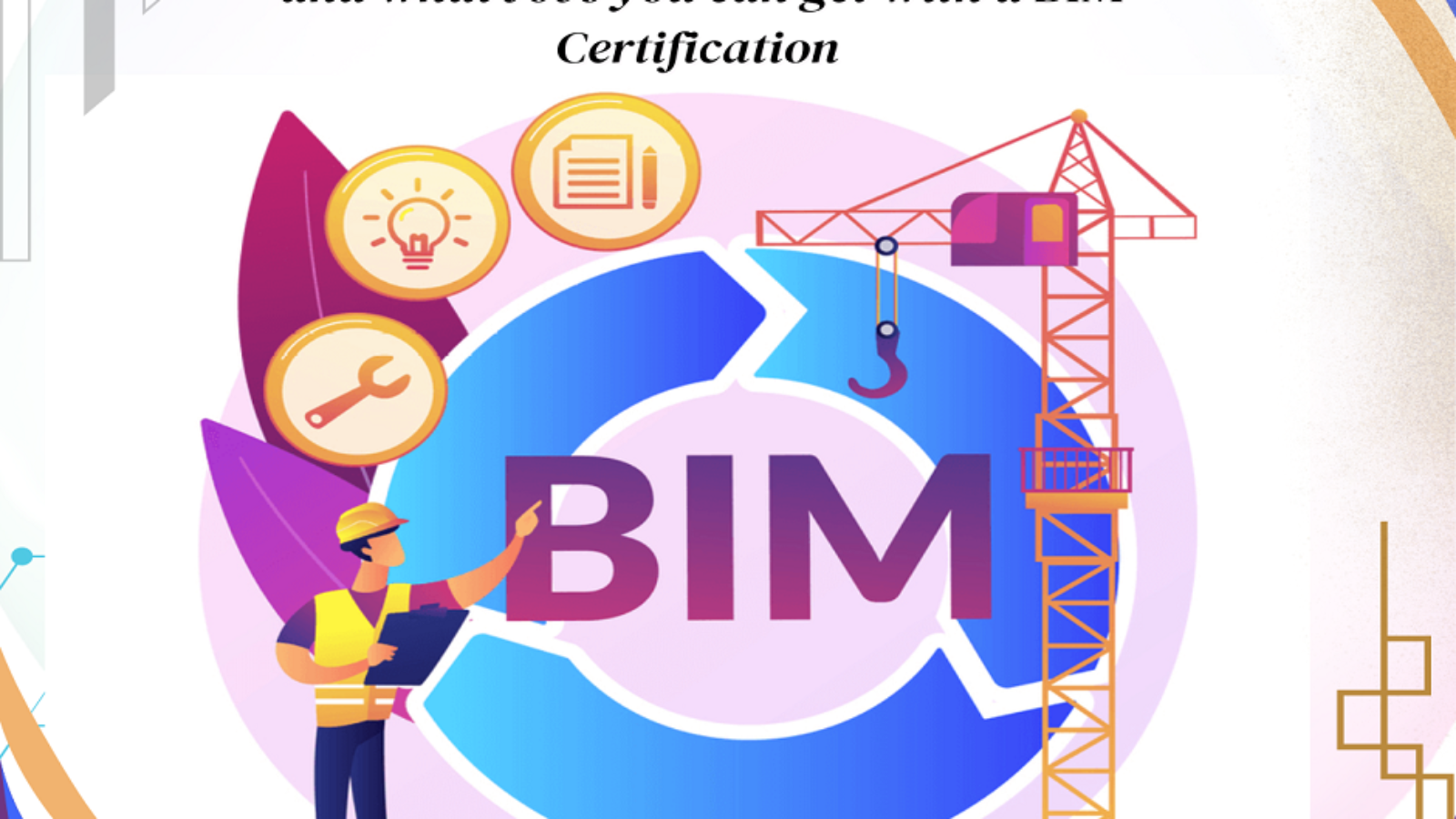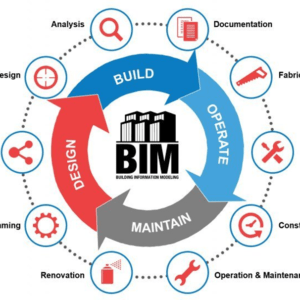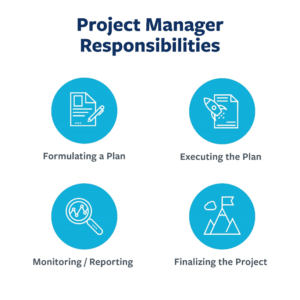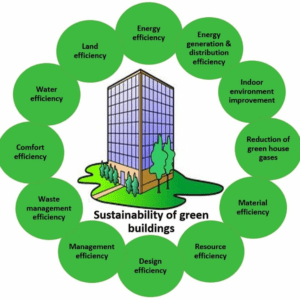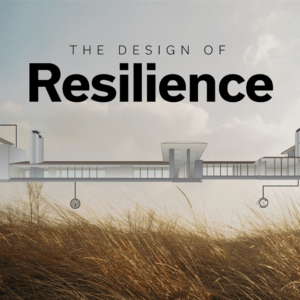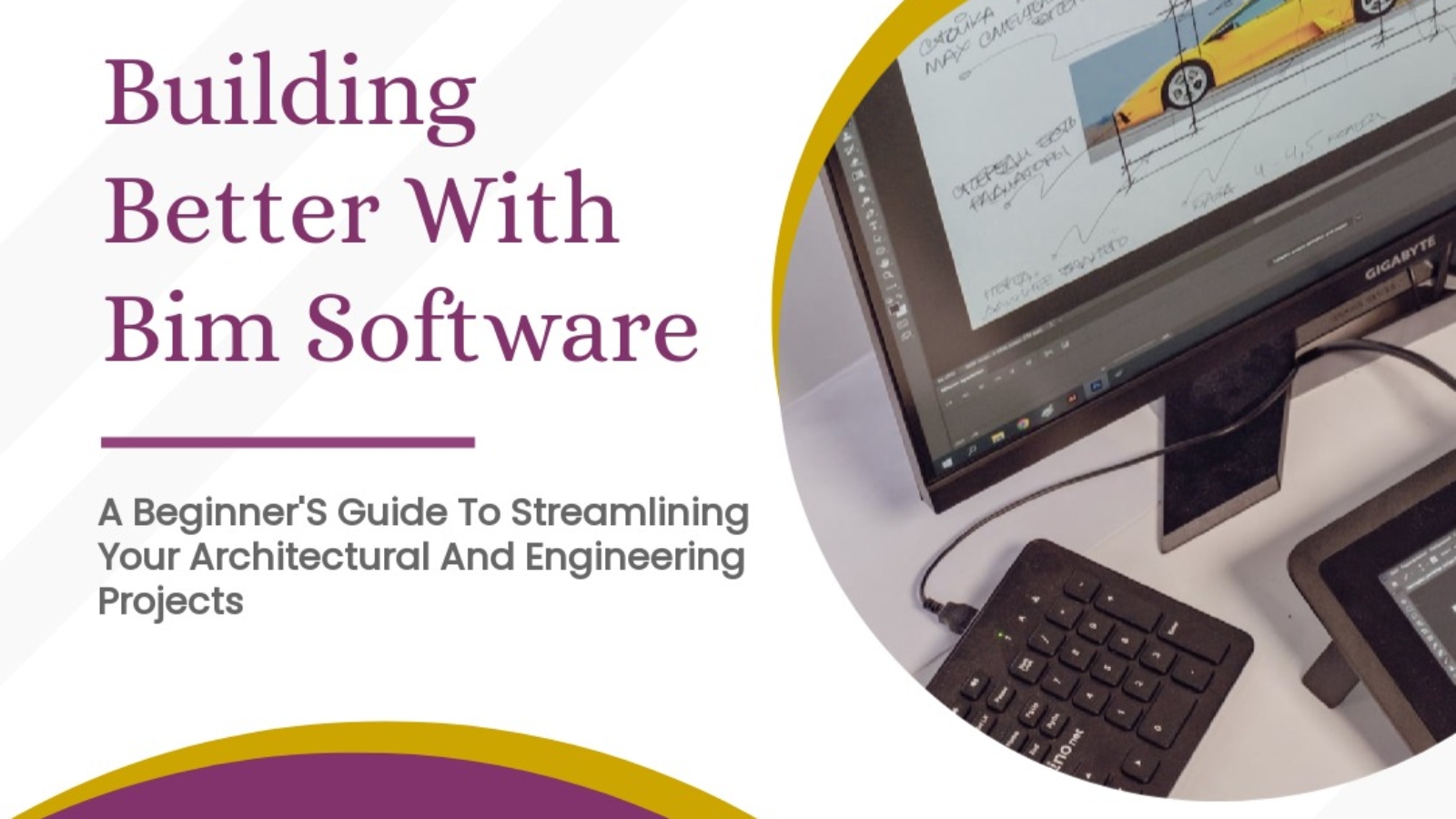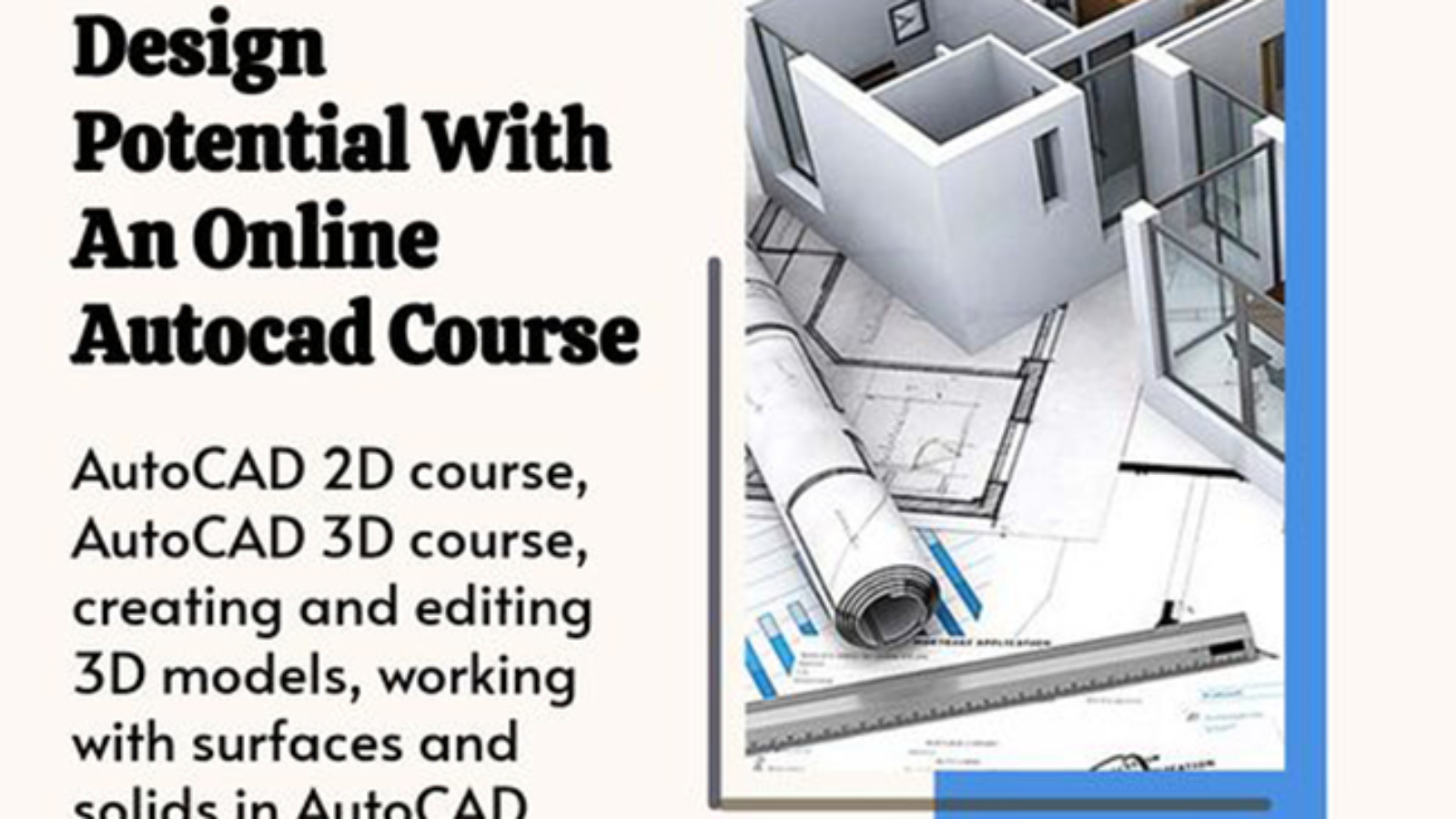In the rapidly evolving world of architecture, staying ahead of the curve requires not just creativity, but also mastery of advanced tools and technologies. Autodesk Revit is one such tool that has revolutionized the field of architectural design and Building Information Modelling (BIM). Whether you’re a seasoned architect or a newcomer to the profession, Revit Essentials training can elevate your skills and enhance your productivity. Here’s why investing in Revit Essentials training is a game-changer for your career.
Why Revit?
Revit is a comprehensive BIM software that allows architects to create detailed 3D models, generate accurate construction documents, and collaborate seamlessly with other professionals. Its ability to integrate every aspect of a building project—from design and documentation to visualization and analysis—makes it an indispensable tool in modern architecture.
Key Skills You Will Learn
- Navigating the Revit Interface
Ribbon and Toolbars: Learn how to efficiently navigate the Ribbon and customize toolbars to access frequently used commands quickly.
Project Browser: Understand how to manage views, sheets, families, and groups using the Project Browser.
Properties Palette: Get comfortable with the Properties Palette to modify the attributes of selected elements swiftly.

- Mastering Family Creation and Modification
Standard vs. Custom Families: Discover the difference between standard families (walls, doors, windows) and custom families tailored to specific project needs.
Family Editor: Gain expertise in using the Family Editor to create and modify families, and learn to use parameters to make families flexible and adaptable.
Loading Families: Learn to load and manage families within your project efficiently.
- Building Modelling Proficiency
Walls, Floors, and Roofs: Master the tools for creating and modifying walls, floors, and roofs.
Doors and Windows: Understand how to place and adjust doors and windows accurately within your model.
Components: Learn to place various components like furniture, fixtures, and equipment to complete your model.

- Enhancing Views and Visualization
Creating Views: Learn to create different types of views (floor plans, elevations, sections, 3D views) to visualize and present your model effectively.
View Templates: Use view templates to maintain consistency across different views.
Rendering: Explore basic rendering techniques to create realistic visualizations of your designs.

- Perfecting Annotations and Documentation
Dimensions and Text: Learn to add dimensions and text annotations to your drawings for clarity and precision.
Tags and Keynotes: Use tags and keynotes to add detailed information to your model elements.
Sheets and Title Blocks: *Understand how to create sheets, add views to sheets, and customize title blocks for professional presentation.

- Collaborating and Sharing Work
Work sets: Familiarize yourself with work sets to manage large projects collaboratively.
Central and Local Files: Learn how to set up and manage central and local files for team collaboration.
Collaboration Tools: Utilize tools like Revit Cloud Work-sharing and Autodesk BIM 360 for cloud-based collaboration.

- Managing Phases and Design Options
Phasing: Understand how to use phases to manage different stages of your project (existing, demolition, new construction).
Design Options: Learn to create and manage design options to explore different design alternatives within the same project.

- Utilizing Schedules and Quantities
Creating Schedules: Learn how to create schedules for various elements (doors, windows, materials) to extract data from your model.
Material Take-off: Use material take-off tools to calculate quantities and generate cost estimates.

- Detailing and drafting
Drafting Views: Know how to create drafting views for details that are not part of the 3D model.
Detail Components: Use detail components to add standard details to your drawings.

- Exploring Advanced Modelling and Analysis
Mass Modelling: Explore mass modelling techniques for conceptual design and form exploration.
Energy Analysis: Utilize Revit’s energy analysis tools to evaluate the sustainability and performance of your design.
Why Enrol in Revit Essentials Training?
- Boost Your Efficiency
Revit’s comprehensive tools can significantly reduce the time spent on repetitive tasks. By mastering these tools, you’ll be able to work more efficiently, allowing you to focus on the creative aspects of your projects.
- Enhance Your Precision
Accurate modelling and detailed documentation are crucial in architecture. Revit’s precision tools ensure that your designs are not only visually impressive but also feasible and well-documented.
- Improve Collaboration
Revit’s collaboration features facilitate seamless communication and coordination with other professionals. This is particularly valuable in multidisciplinary projects where architects, engineers, and contractors need to work closely together.
- Stay Competitive
In today’s competitive job market, proficiency in Revit is often a requirement for many architectural positions. Gaining expertise in Revit can make you a more attractive candidate to potential employers.
- Future-Proof Your Career
As BIM becomes increasingly integral to the architecture, engineering, and construction (AEC) industry, having a strong foundation in Revit ensures that you remain relevant and valuable in your field.


